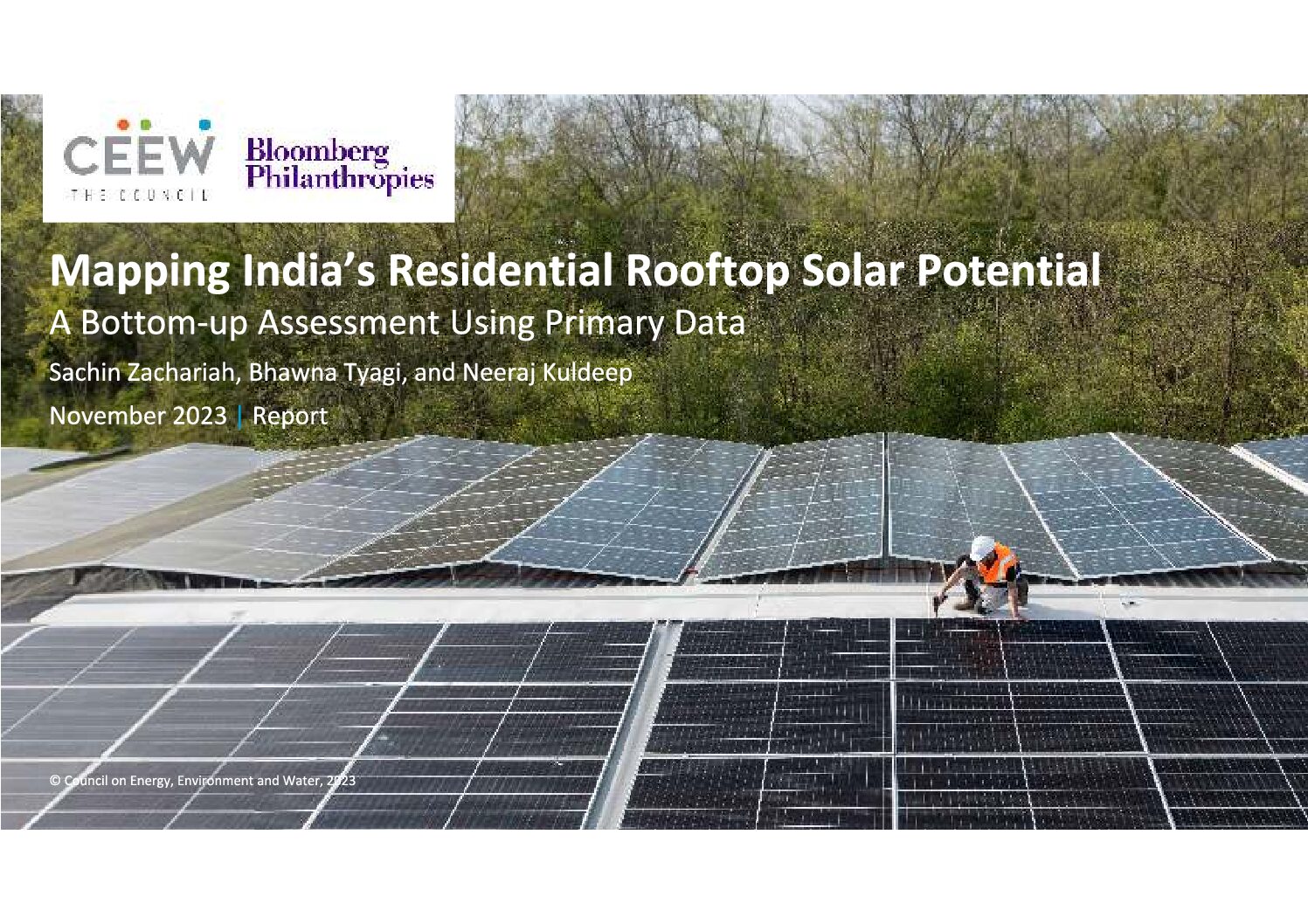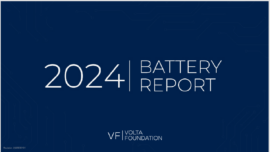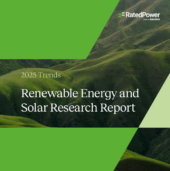A recent report by the Council on Energy Environment and Water (CEEW) identifies a significant growth potential in rooftop solar (RTS) subsidies, particularly in the 0–3 kW categories. This potential is attributed to the implementation of direct capital subsidies, with untapped opportunities in the 0–1 kW category.
Drawing from comprehensive household data in the India Residential Energy Survey (IRES) 2020, covering 21 states and 97% of the population (66% rural and 34% urban households), the report finds that rural areas exhibit higher technical potential compared to urban counterparts.
It notes a substantial difference in technical potential based on rooftop solar area, with rural areas holding potential for developing 363 GW compared to urban areas with 274 GW. This trend persists in most states, except Maharashtra, Delhi, Tamil Nadu, Gujarat, and Assam, where urban areas have more rooftop solar spaces. Additionally, the report highlights that urban areas have higher energy consumption (65 GW) compared to rural areas (52 GW), except in states where the opposite holds true.

Rooftop Solar CEEW Report
The report establishes a correlation between capital subsidies and increased RTS system adoption, specifically emphasizing the growth potential in the 0–3 kW categories. It stresses the need to extend capital subsidy benefits to the below 1 kW category, while identifying a lack of recognition in state solar policies as a hindrance.
To address this, the report recommends extending capital subsidies, particularly for the below 1 kW category, and implementing enabling regulations. It proposes recognizing innovative models, such as community solar and solar partnerships, beyond traditional capital expenditure (CAPEX) and operational expenditure (OPEX) models. Furthermore, it calls for provisions to facilitate the implementation of these models.
Analyzing the impact of policies and regulations on rooftop solar, the IRES 2020 survey emphasizes the effectiveness of the Ministry of New and Renewable Energy (MNRE) subsidy for RTS systems sized 1–3 kW. The report suggests that extending this subsidy can enhance economic potential by approximately 5 GW.
Examining the technical potential across states, the report identifies seven states in India concentrating over 60% of the technical potential. It notes a decline in technical potential in states with low energy consumption per square foot, emphasizing the need for tailored approaches.
The study reveals that net-metering regulations have reduced economic potential from 102 GW to around 81 GW due to minimum kW restrictions in 15 states, reaching zero in West Bengal due to a 5kW minimum limit. Looking forward, the report anticipates residential consumers contributing to about a quarter of total annual electricity sales by 2022, projecting a doubling of consumption by 2030. Consequently, it emphasizes the urgency of scaling up adoption by introducing enabling regulations and low-cost financing options with a swift approval process and a dedicated line of credit for residential consumers, aiming to incentivize RTS adoption.













